Introduction Menu Comments
Formatting & Organization
Title - The first heading of paper (on a new page immediately following the abstract) should either be the title of the paper or omitted. It should be in non-bold regular font. It is not considered in the levels of headings for the paper (Chapter 2, 2.05, p. 27) (Figure 2.1, pp. 42-43).
Introduction Heading - The introduction should never have a heading that identifies it as the introduction. It is the introduction by virtue of its location (Chapter 2, 2.05, p. 27) (Figure 2.1, pp. 42-43).
Content - The introduction should create an understanding of the necessity of the problem. Explain if, and how, this research connects to any other previous work and clarify the purpose and hypothesis of the research. Indicate if there are any significant applications that can be used from the results of the study (Chapter 2, 2.05, p. 27) (Figure 2.1 pp. 42-43).
Literature Review - The literature review portion of the paper is a critique of published research. This section is important to establishing the relevance of the research that is either being proposed or has been conducted. The literature review should inform the reader of previous research conducted in the field relevant to the particular research topic and analyze and explain any room for improvement in the methods, results, or conclusions that have been drawn (Chapter 2, 2.05, pp. 27-28).
Topical Organization - In this portion of the paper the relevant literature should be organized topically. Your paper should be organized in a way that leads your reader to a logical next step(s) or conclusion(s) (Chapter 2, 2.05, p. 28).
Tone
Position - The introduction should position your paper relative to others' previous work.
Importance - The introduction needs to make a case for the importance of your paper.
Compelling - The introduction should help readers understand why they should read your paper.
Audience - Assume an intelligent, but uninformed, audience in writing an introduction.
Context - Establish a context here in your introduction, so that your reader may better understand your paper's body and conclusion.
Structure - The structure and content of your paper must be indicated in your introduction.
Framework - The introduction should provide readers a framework for understanding the rest of the paper.
Length
Too Long - The introduction is too long. Focus on the main points of the paper. This will help guide readers through your paper.
Too Short - The introduction is too short. Be sure to include the main points of your paper in the introduction. This will help guide readers through your paper.
Content
Multiple Experiments - A paper that discusses multiple experiments should reflect the same organized structure as a single-study research paper and should be split into two sections labeled Test or Experiment 1 and Test or Experiment 2 (Chapter 2, 2.09, p. 36).
Experimental - The paper order for an experimental paper is as follows: 1) title page; 2) abstract (on a separate page); 3) introduction; 4) method; 5) results; 6) discussion; 7) reference(s) (on a separate page from the body of the paper); 8) footnotes (separate page); and 9) appendices (separate page) (Chapter 2, Figure 2.1, p. 41-59).
Literature Review - A literature review is a critique of published research. This review should inform the reader of previous research conducted in the field relevant to a particular topic. It should analyze and explain any room for improvement in the methods, results, or conclusions that have been drawn (Chapter 1, 1.02, p. 10).
Empirical Study - Empirical studies consist only of primary research (research that is actually conducted by the researcher). The Introduction should consist of the research dilemma, preliminary background, and the intent and necessity behind the research (Chapter 1, 1.01, p. 10).
Case Study - Case studies contain information regarding studies conducted on individuals or a specific group. A case study may identify a lack of information in an important area or introduce an effective theory or application that solves a problem (Chapter 1, 1.05, p. 11).
Theoretical Study - Theoretical articles take published research and combine the information and conclusions to further an already existing theory or to develop a new theory (Chapter 1, 1.03, p. 10).
Positive
Nice Opening - Really nice opening to your introduction!
Good Organization - Good organization of the literature.
Great Literature Review - Great literature review!

